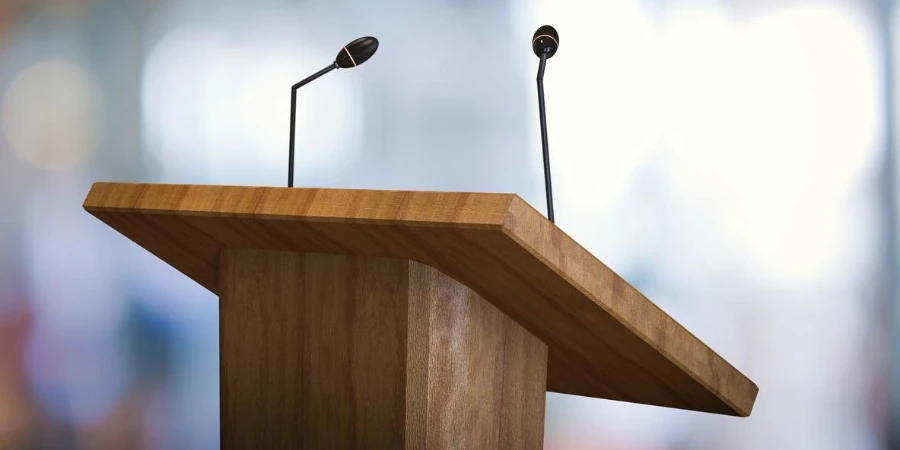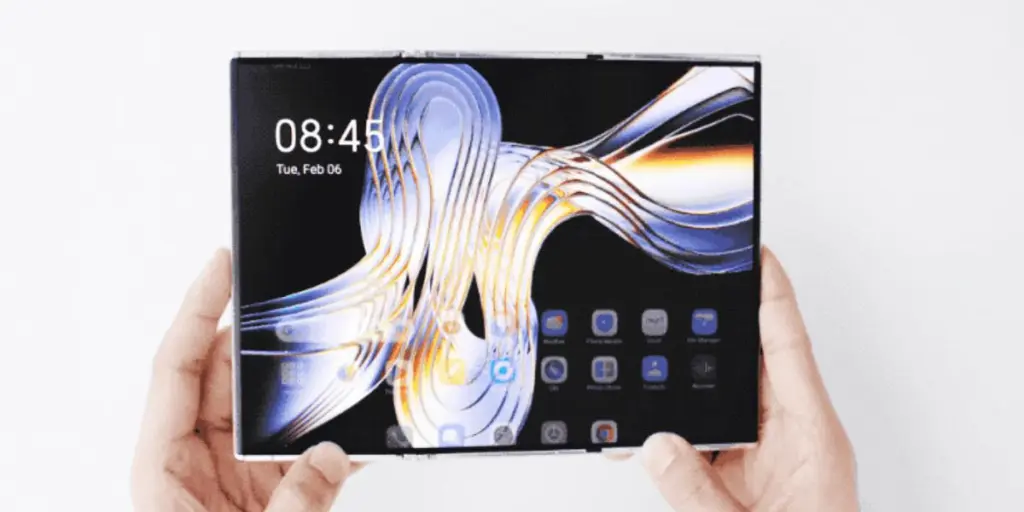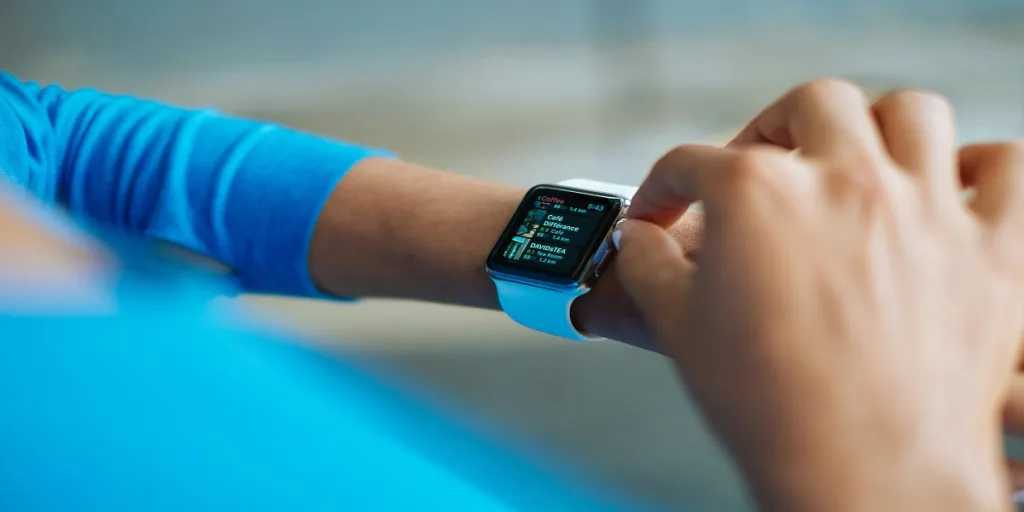A pojector is needed to enjoy highquality video resolution and a clear cinematic experience. But without a projector screen, consumers may not achieve that perfect premium viewing experience. Hence, this article will guide sellers on how to choose the perfect projector screens at affordable prices.
Table of Contents
Choose the perfect screen style suitable for the projection
Consider the projector screen size
Select the Ideal aspect ratio for the screen
Choose the ideal projector screen material
Choose a compatible projector and screen
Choose the perfect screen style suitable for the projection
There are two major styles of projector screens:
Fixed frame
Retractable screens
Fixed frame projection screens
Fixed frame screens have standard or light-rejecting versions. They have a fixed form with a frame surrounding their projection surface. They don’t need tab tensioning because they are consistent, unlike retractable screens. Fixed frame screens have different varieties and sizes.
It’s easy to set up, and its simple usage makes it a better choice. If consumers want to enjoy a large image, a big fixed screen is necessary. But it takes up more space because it’s not foldable or cannot be moved out of the way. So, they are suitable for big home cinemas and media rooms.
Consumers who have the available space can go for a fixed screen. A fixed screen composes of an aluminum or wooden frame that holds the PVC screen tight. It’s also a more budget-friendly option.
Retractable screens
A retractable screen offers more flexibility and portablity when there’s no dedicated media room. It’s easy to roll down and roll up this type of screen when it’s time to enjoy a movie.. These projector screens can be placed in front of any wall or an already-there TV.
Its retraction can be done manually or automated with a remote or switch.
This screen type offers consumersmore ways to integrate it into their room in an unnoticeable way, keeping it out of sight until ready to use.
They have two main varieties:
Pull-up screens
They are placed either on the floor or behind the media center. Consumers can also integrate them into a custom-made piece of furniture, which can roll down from a ceiling or high up on a wall.
Pull-down screens
Consumers can mount this screen type on the wall or ceiling. It allows them to hide the screen from view in a recessed space in the ceiling. Also, they are versatile and convenient because of their invisibility when they are not in use.
It’s quick and easy to roll down these screen types, but there require complex installation when mounting them on a ceiling.
Consider the projector screen size

After choosing the ideal screen style for the projection, the next step is to select the right size for the projector screen. When choosing an optimal size, sellers should consider the projection size and throw distance.
To determine the ideal screen size, buyers can check the dimensions of the projection room, audience seating size, and room arrangement. The height should be about 1/6 distance from the screen to the back-row seating.
Select the Ideal aspect ratio for the screen
The aspect ratio is the screen shape based on the ratio of width to height. The type of application a consumer will use for the projector will determine the ideal aspect ratio to choose. There are three different aspect ratios of a projector screen, which are: 4:3, 16:9, and 2:35:1.
The 4:3 aspect ratio is out of use nowadays as the content formatted in it is standard only in older TV and has been replaced by 16:9. But, for consumers to have a feel of a cinematic movie theater, anamorphic 2:35:1 is the ideal choice for them.
Nowadays, most of the video format used for computers come in the 16:9 ratio.
It’s not advisable for consumers to use the 4:3 screen to watch widescreen content because black bars may appear at the top and bottom of the screen, popularly known as letterboxing. These black bars also appear when consumers use their 16:9 screen to watch anamorphic content.
Most TV shows today produce content at 16:9, while most cinematic productions produce at 2:35:1. So, to use an anamorphic screen, a compatible projector is needed. Alternatively, the consumer can adjust the projector to ensure the black bars fall outside the projection area. Advanced projection systems can automatically change their aspect ratio using masking, which covers parts of the screen to fit the formatting of source content.
Choose the ideal projector screen material
Another essential element to consider is the projector screen material. The choice of a projector surface depends on the viewing requirements and environment of the screen placement. The screen material has the potential to change image properties. Also, different materials offer more features, such as a wider viewing angle.
Choose a compatible projector and screen
Sellers need to know that not all projectors and screens are compatible. As the screen size increases, the brightness required in a projector increases too. Also, the projector light gets brighter with more distance and a bigger screen.
Last words
There are many things to look out for before stocking up on fast-selling projector screens. But sellers can consider the tips highlighted in this article as a guide. While at, it’s also crucial to take account of the target audience.








